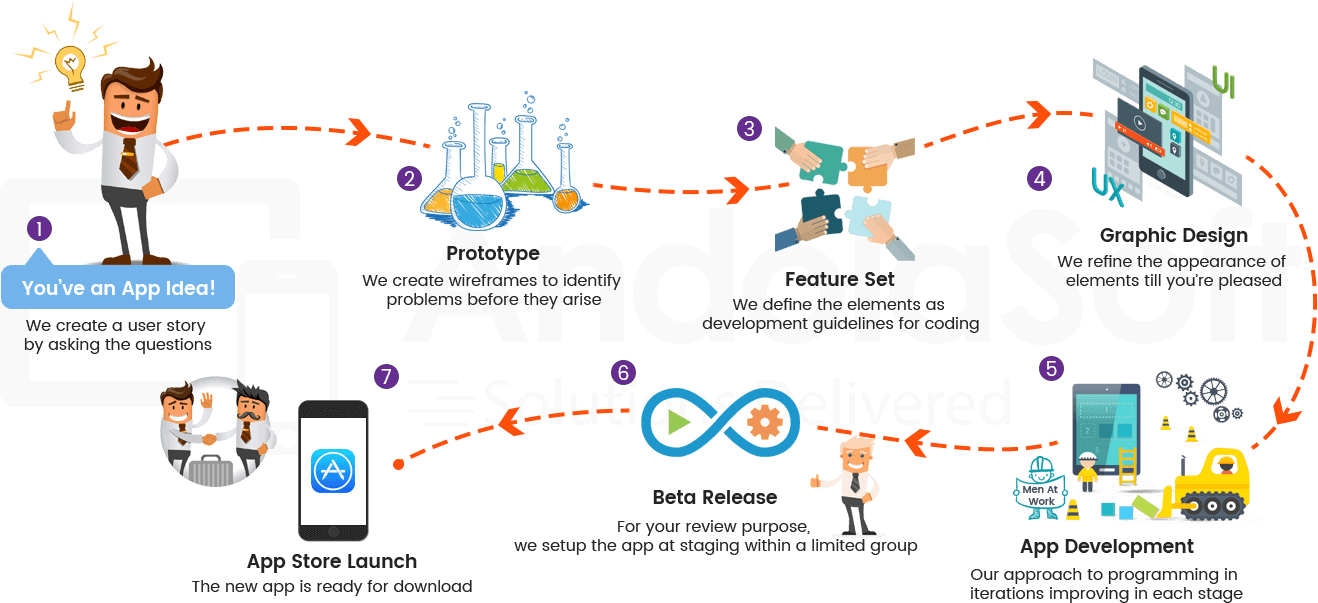With easy access to smartphones and quick internet connectivity, the app industry is growing exponentially. According to a recent survey by Statista, there are more than 300 billion smartphone users globally, and this number will add several hundred million in the coming years.
China, India, and the U.S. are the leading nations in terms of having the maximum number of smartphone users, with almost everyone glued to some app or the other. Almost everyone today has a smartphone, with numerous apps downloaded on their phones or tablets.
Google Play Store already has billions of apps, with the most popular category of apps being gaming, social media, educational, entertainment, health-related, delivery apps, e-commerce, etc.
Another report on app usage confirms that the number of mobile app downloads in 2019 was 204bn, generating a total revenue of 462bn USD, around the world. The mobile app revenue is estimated to cross 935.2bn USD by the end of 2023.
Never miss an update from us. Join 10,000+ marketers and leaders.
The above figures are enticing for every entrepreneur or start-ups to create a successful, engaging app and turn it into a lucrative business opportunity.
There are two significant milestones for becoming a successful ‘Appreneur.’
- Creating a feature-rich, user-friendly, robust, engaging, secured and innovative app
- Successfully launching the app in the market
Usually, people ignore the 2nd point, i.e., launching the app correctly, and regret it later when their app does not generate the expected revenue.
So, here is the checklist that one must orchestrate while launching their app in the market, as it will attribute to the success of your treasured app, and generate maximum revenue.
Key Points to Check Before Launching the App
Believing that your app is completely ready, and all set to be launched, the primary goal of every Appreuner is to have initial downloading of the app in huge numbers and eventually retain the users for the long haul.
So, let’s come straight to the essential points to implement to ensure the successful launch of the app.
1. Thorough Market Research
With billions of apps already available on Google, there is undoubtedly a fierce competition for your app to join the league.
To help your app stand out and perform better than the other related apps in the niche, check out the customer reviews of the leading apps on App stores, YouTube, or blogs and use them to upgrade your app to provide a more reliable solution for your users.
2. Set Target Goals
Some essential measurable goals should be set in advance, which will help in defining your app success.
Active Install Rate, App Ratings, Revenue Generation, etc. are some of the benchmarks that will help you determine your app’s success.
3. Cross-platform Versions
Your app must work seamlessly on different platforms and browser versions of the app to have a wider reach. It also makes your app affordable, especially in the long run.
4. Showcase on Social Media platforms
Social Media accounts act as an ideal place for generating interest in users about your services, games, etc. Attractive UI/UX can attract more users and their feedback and ideas can be used to improve your site.
5. Engaging Content
Publishing content related to your app is essential. This includes blog posts, social media content, demo videos, press releases, website content, email marketing content, etc.
It adds value to your app, and helps in better user understanding. Also, it is crucial to check daily reviews and cater to your prospective user queries, to help them build trust in your app.
6. Select an App Store
While launching your app, you should consider choosing just one app store, which will help you streamline all the fundamental changes and implementations.
It will also contribute to attaining high user concentration and ratings.
7. Use App Store Optimization (ASO)
ASO helps discover the app by users quickly in the App Store if proper keywords are used in the title.
Also, ensure that you mark all the essential categories related to your app, in the app store.
8. App Integrations
These app integrations are useful in retaining your users, as their data is stored in apps.
For example, Pinterest integrated with Facebook and has dramatically benefited Pinterest in creating a vast user base.
9. Pitch your story
For effective marketing, you must present your app’s demo video to mobile, tech, industry journalists, bloggers, etc. to market your app by fitting into their editorials. You can also gather insights from them and improve your app technically.
Also, sharing your app demo with proficient techies, having expertise in providing software solutions, and web-based services like Ruby, SaaS, CakePHP, and other latest technologies, can be of great help.
10. Set-up Paid Advertising
Paid advertising during the launch week is a great way to campaign your app on Google, or Facebook, etc. You can also direct users to a dedicated landing page for more accuracy of the app.
11. Influencer Marketing
With increasing competition in the app industry, tapping influencers or Industry thought leaders, is trending in 2020.
I’ve worked with the team at Andolasoft on multiple websites. They are professional, responsive, & easy to work with. I’ve had great experiences & would recommend their services to anyone.
Ruthie Miller, Sr. Mktg. Specialist
Salesforce, Houston, Texas

Identify social media influencers and conduct personalized email outreach to help them understand your product’s benefits. Know more.
12. Affiliate marketing
Creating an Affiliate program encourages users to download your app or purchase it. Appreneurs should partner with Affiliates to promote your app. Incentives, rewards, during the app launch, attract users for app installation.
14. Prompt users to Download App
Once your app is ready for the launch, you should place download links everywhere, on the blogs, Social media, marketing emails, etc.
I am sure; the tips mentioned above will help you launch your mobile app successfully and turn it into a lucrative business solution.
By following the above steps, your app will gain an edge over the competitors and earn more revenue through improved user engagement, loyal clientele and better performing app.
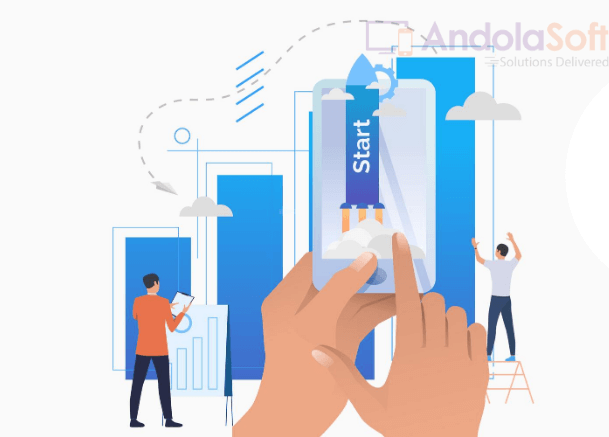

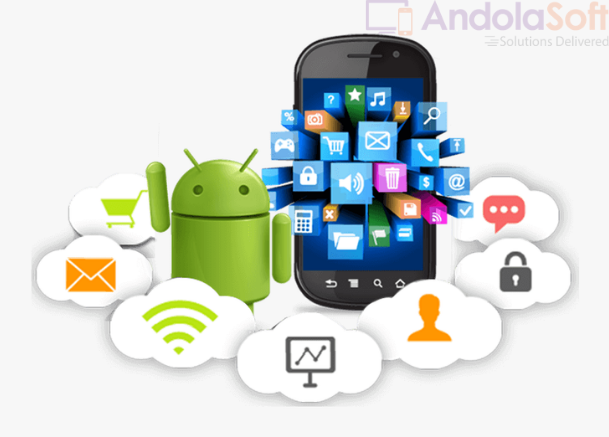


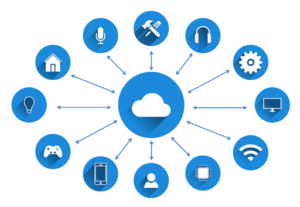
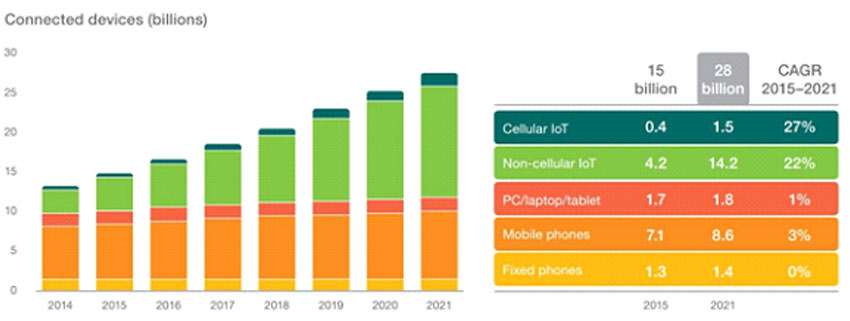
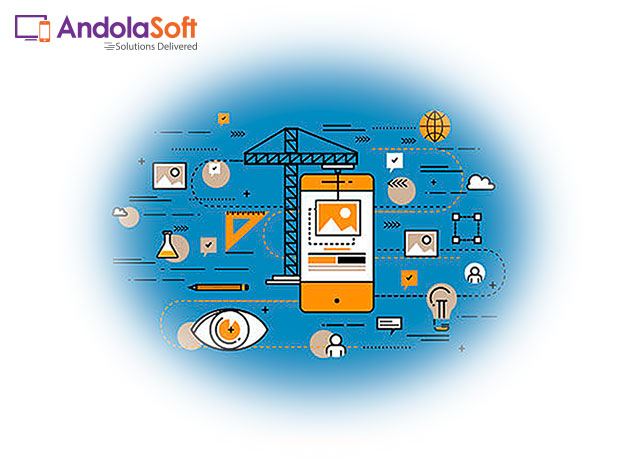
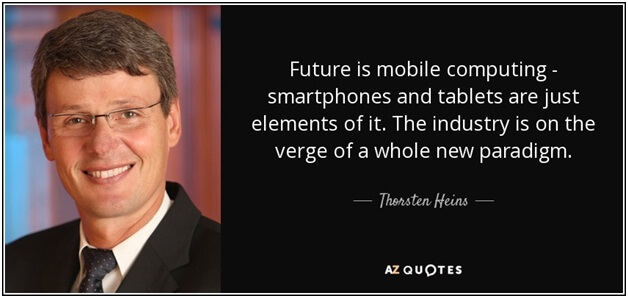
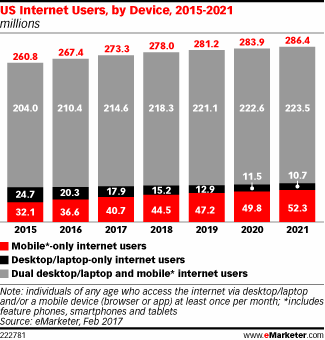
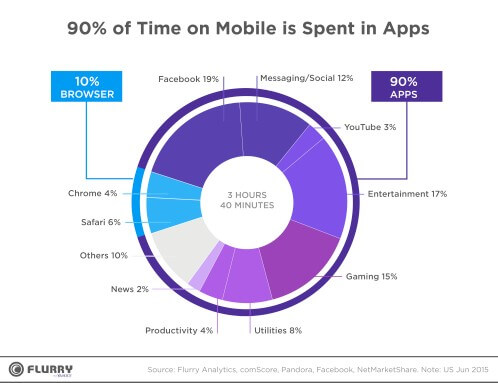

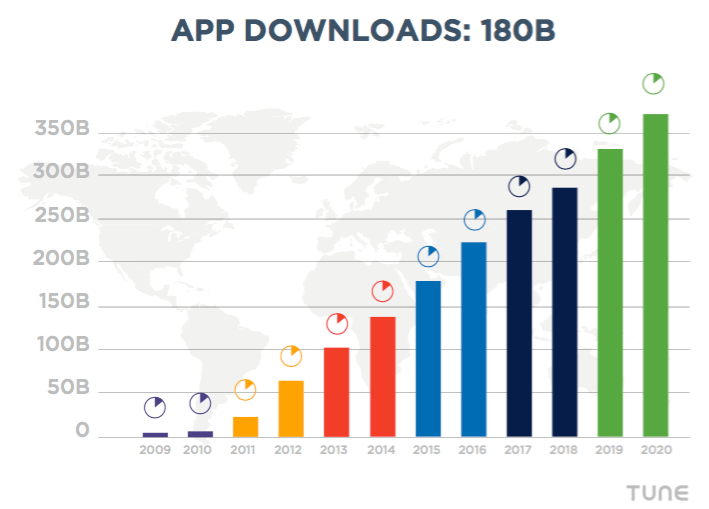
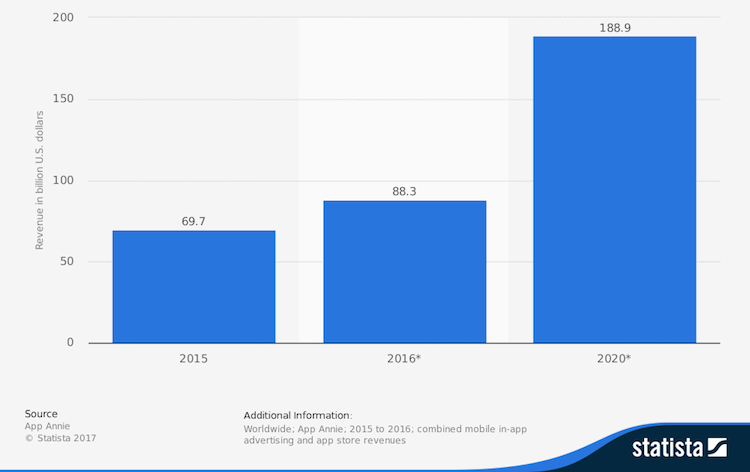
 st step toward implementing a business application.”
st step toward implementing a business application.”